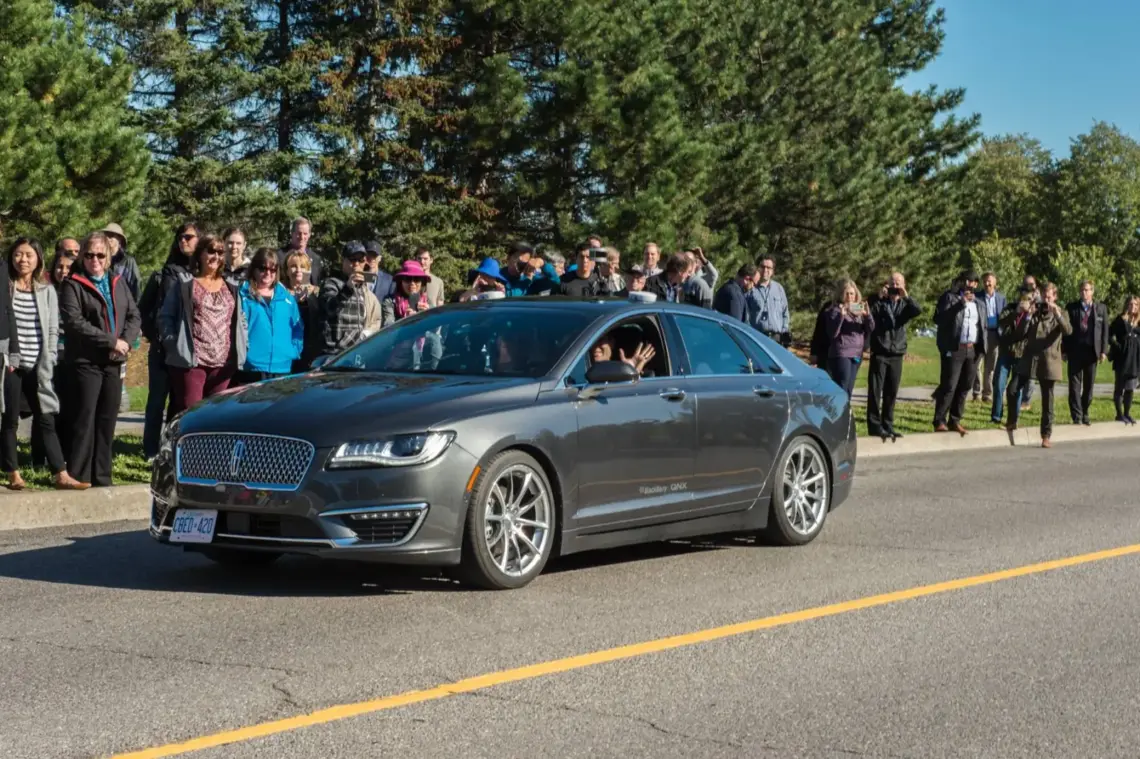
By Rosa Saba
Kanata is home to an extensive ecosystem of companies involved in the research and development of autonomous vehicle technology. It’s a diverse field of firms and involves telecom companies led by BlackBerry QNX, Ericsson, Nokia and Juniper Networks; sensor companies such as SMATS and Neptec; companies that specialize in last-mile transportation including Aurrigo; and many more companies in robotics, cybersecurity and connectivity. Post-secondary instutions Algonquin College, Carleton University and the University of Ottawa are also part of this evolving collaborative effort.
Now, Ottawa will receive up to $5 million through the AVIN Program delivered by the Ontario Centres of Excellence to create an integrated AV test environment, the first in North America. This means the addition of a private test track in west Ottawa, plans for which are already underway. Companies will be able to conduct tests that aren’t ready or licensed for public roads yet on the private track.
However, plans have been in the works for at least a year and a half before the funding announcement; Invest Ottawa and the Kanata North Business Association, along with CAVCOE, have been looking for AV opportunities and working on the public track in Kanata North.
“Things are already in motion,” says Kelly Daize, director of global expansion for Invest Ottawa.
BlackBerry QNX demo
In October 2017, BlackBerry QNX used the existing public track for the first-ever AV test using live city infrastructure in North America. Witnesses saw the car stop at a traffic light for a pedestrian crossing.
The track, located in the Kanata technology park, is enabled with short-range wireless communication technology in nine traffic lights as well as a Novatel GPS system. Soon, the track will also have 4G capabilities, cameras, Nokia sensors and a 5G test spectrum from Ericsson and ISED.
Jamie Petten, executive director of the Kanata North Business Association, highlights how this test environment will be right in the backyard of Ottawa’s AV cluster, making it accessible for all the companies involved in AV research and development.
“All of the pieces are coming together for Ottawa to be the AV capital we want it to be,” she says.
Kelly says she sees Ottawa’s AV cluster as a central source of development for the most integral part of AV technology: communication.
“We don’t make the tires, we don’t make the doors … we make the intelligence,” she says.
Don’t expect to be buying your own autonomous vehicle anytime soon, though: Barrie Kirk of CAVCOE explains that while AV technology is already being used in the mining industry, the next place we’re likely to see it used is in farming.
After that will come last-mile pods and then eventually driverless cars, which he predicts will be mostly taxis or ride-sharing vehicles.
“Nobody is going to throw a big switch … it’s gradual,” he says.
